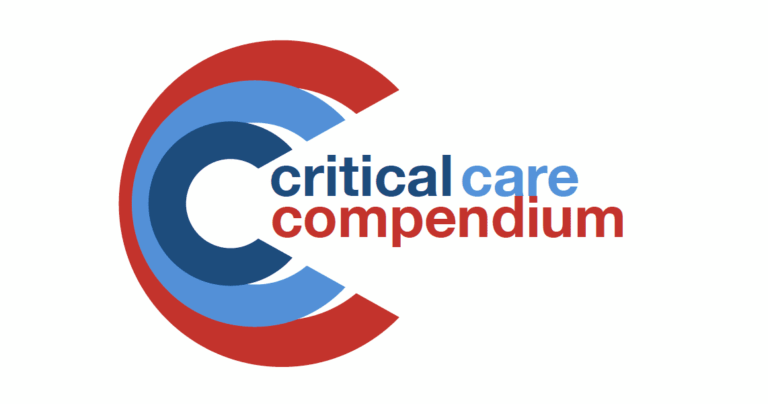
Toxicology Literature Summaries
CARBON MONOXIDE POISONING Scheinkestel, C.D. et al (1999) “Hyperbaric or normobaric oxygen for acute carbon monoxide poisoning: a randomized controlled clinical trial” Med J Aust, 170:203-210 Weaver, L.K. et al (2002) “Hyperbaric oxygen for acute carbon monoxide poisoning” NEJM 347:1057-1067…

